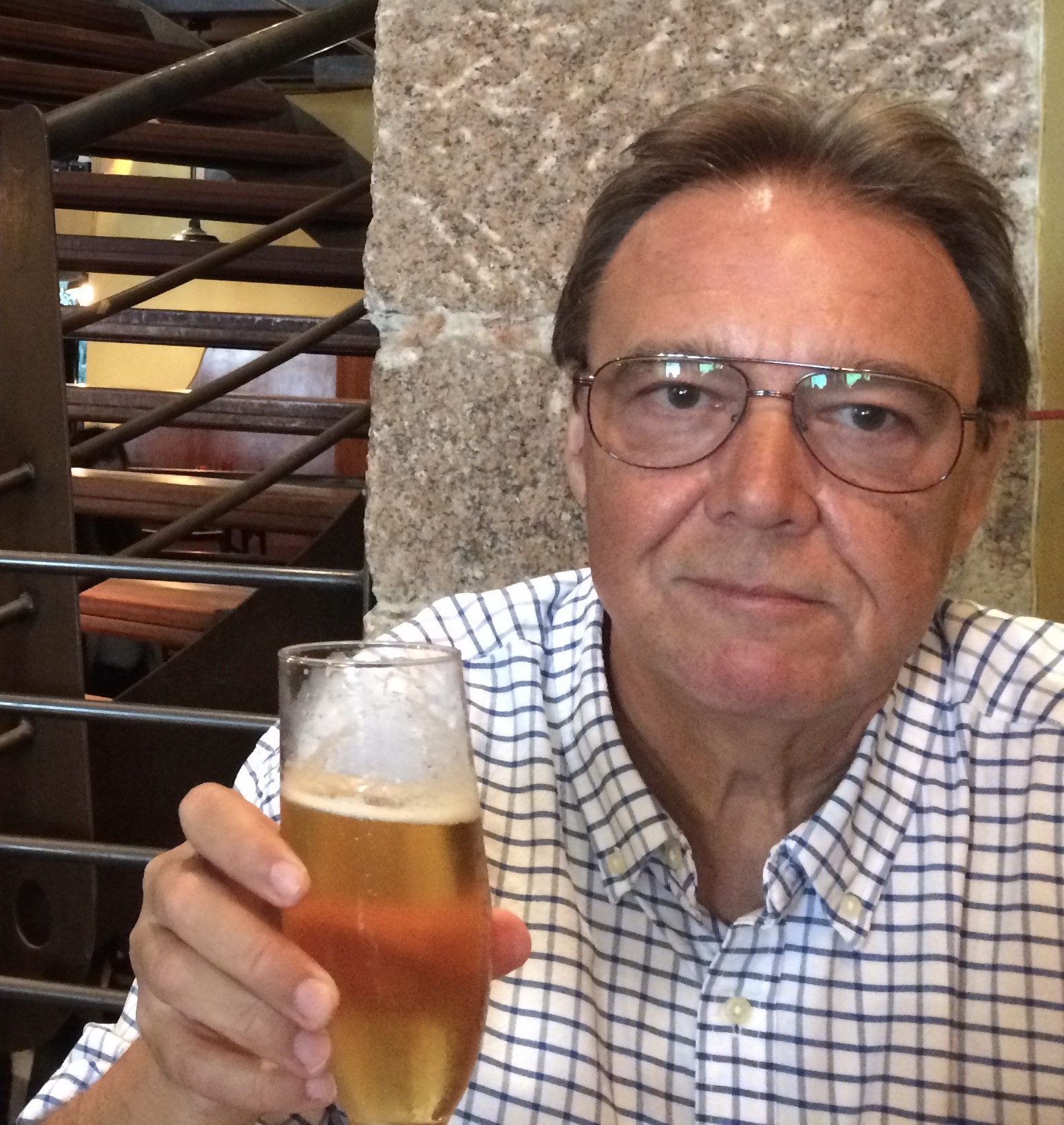When Roy McGinnis and Julie Tallman first visited Panama’s Azuero Peninsula in September, they had no idea that they would soon be wiring money to a builder named Roy for their future retirement home. Their journey, shared on the Travels with Jim and Rita podcast, offers a fascinating glimpse into the process of choosing an international retirement destination and making the leap to build a new life abroad.
Panama City impressed the couple with its modern infrastructure, safety, and vibrant atmosphere. They noted how surprisingly new much of the city is—most of the high-rise district being only 20-25 years old, making it newer than almost any American city. Despite visiting during a heat wave with temperatures reaching 96°F, they adapted by exploring early mornings and evenings, utilizing the remarkably inexpensive and efficient Uber service to navigate the urban landscape. The couple was particularly drawn to the city’s old town, the Mercado de Mariscos (fish market), and local grocery experiences that offered authentic cultural immersion.
While attending the International Living conference in Panama City, Roy and Julie gained valuable insights and connections. Unlike the larger conference they’d attended in Denver, this Panama-specific event allowed them to form meaningful relationships with fellow attendees who shared their interest in relocating. The conference provided verification and clarification on many questions they had already researched, confirming their decision to settle in the Pedasí area of the Azuero Peninsula.
What stood out most during their two-week stay in Pedasí was the genuine warmth of the local community. Julie described walking through town and being greeted by residents sitting on their porches with friendly “buenos” calls, reminiscent of small-town America in decades past. The authenticity of interactions with locals left a profound impression, contrasting sharply with the more guarded interactions they were accustomed to in the United States. Even the beaches offered a nostalgic glimpse of family life, with multi-generational gatherings spending entire days together without the distraction of electronic devices.
The decision to build rather than buy came after careful consideration. Despite initially wanting to avoid expat communities, they found themselves drawn to a development run by an Israeli builder named Roy, who has earned an exceptional reputation among locals and expats alike for his quality construction and integrity. They’ve selected a three-bedroom floor plan on a lot backing up to a large farm, with construction beginning immediately to take advantage of the dry season for septic installation. The house is scheduled for completion by August 2026, giving them time to prepare for their permanent move.
The practicalities of becoming expats involve numerous considerations beyond just finding the right location. Roy and Julie are researching visa options, including the Pensionado (retiree) visa and the Friendly Nations visa, while also navigating the complexities of property ownership under Panamanian law. They’re establishing a foundation to hold their property to avoid probate issues should one of them pass away. They’re also weighing whether to ship belongings from the U.S. or purchase new items in Panama, considering quality and availability of household goods.
As their adventure unfolds, Roy looks forward to fishing from the nearby beaches and perhaps owning a boat, while Julie dreams of keeping a horse on the neighboring farm. Their timeline for permanent relocation remains flexible as they sell properties in the U.S. and wind down work commitments, but their excitement about their future Panamanian home is palpable. For now, they’re enjoying the planning process and looking forward to their next visit to check on construction progress, which they anticipate will be sometime between May and October.
The couple’s story illustrates how retirement abroad can combine adventure, community, and quality of life improvements, all while potentially stretching retirement dollars further in a country with a lower cost of living but rich natural and cultural experiences.


Leave a Reply